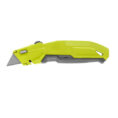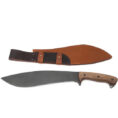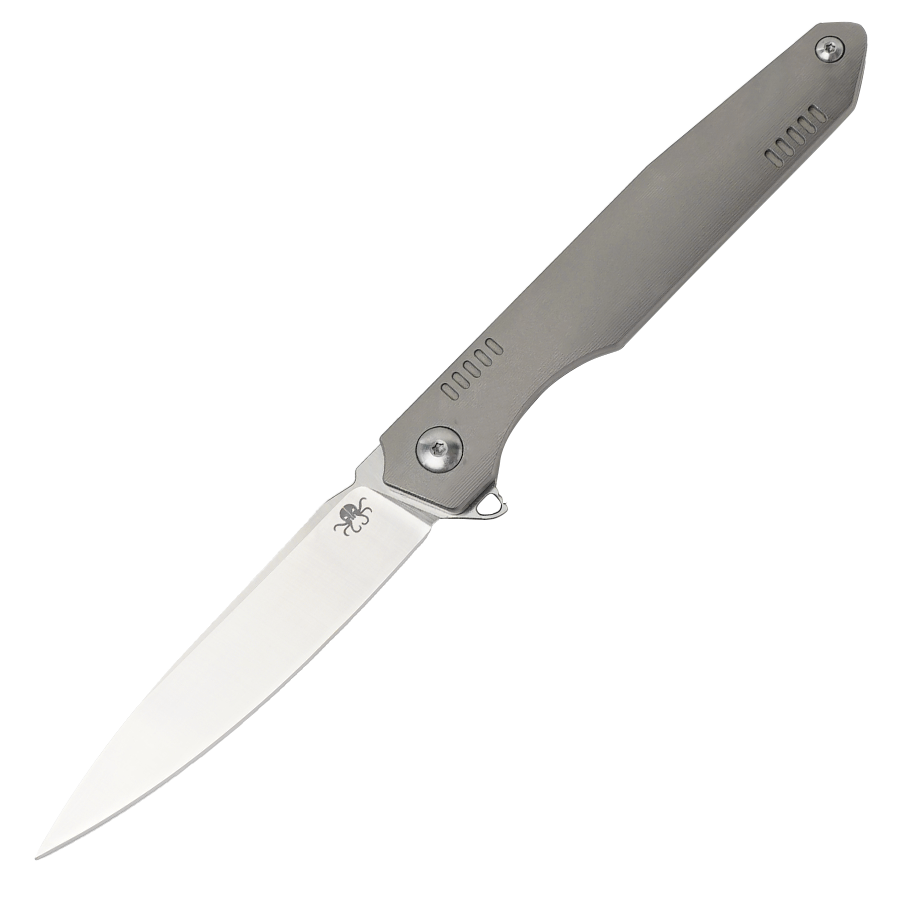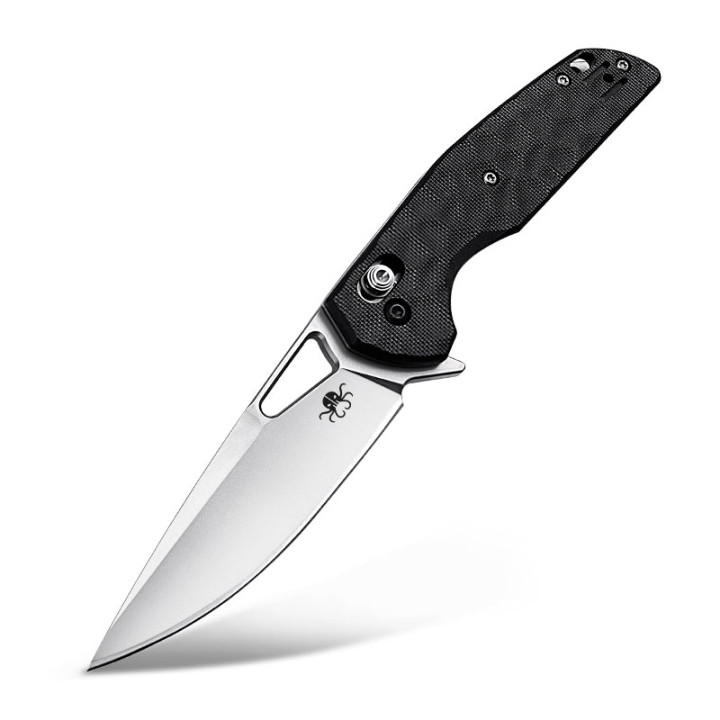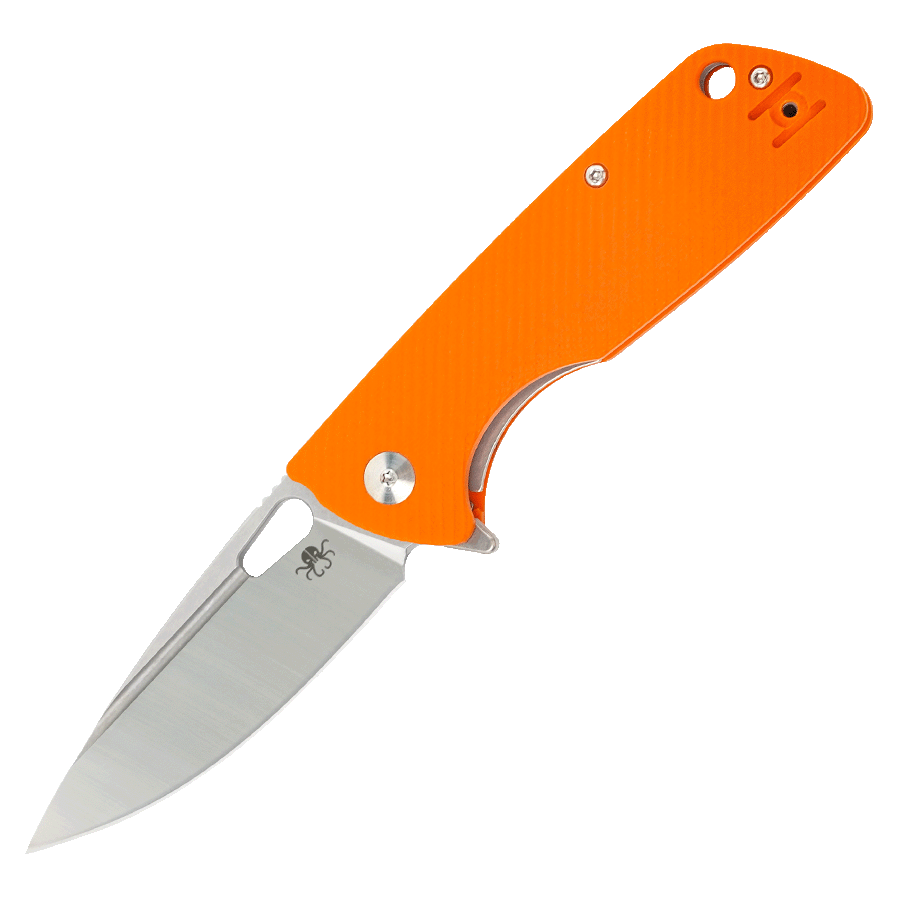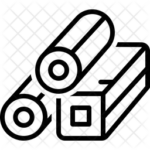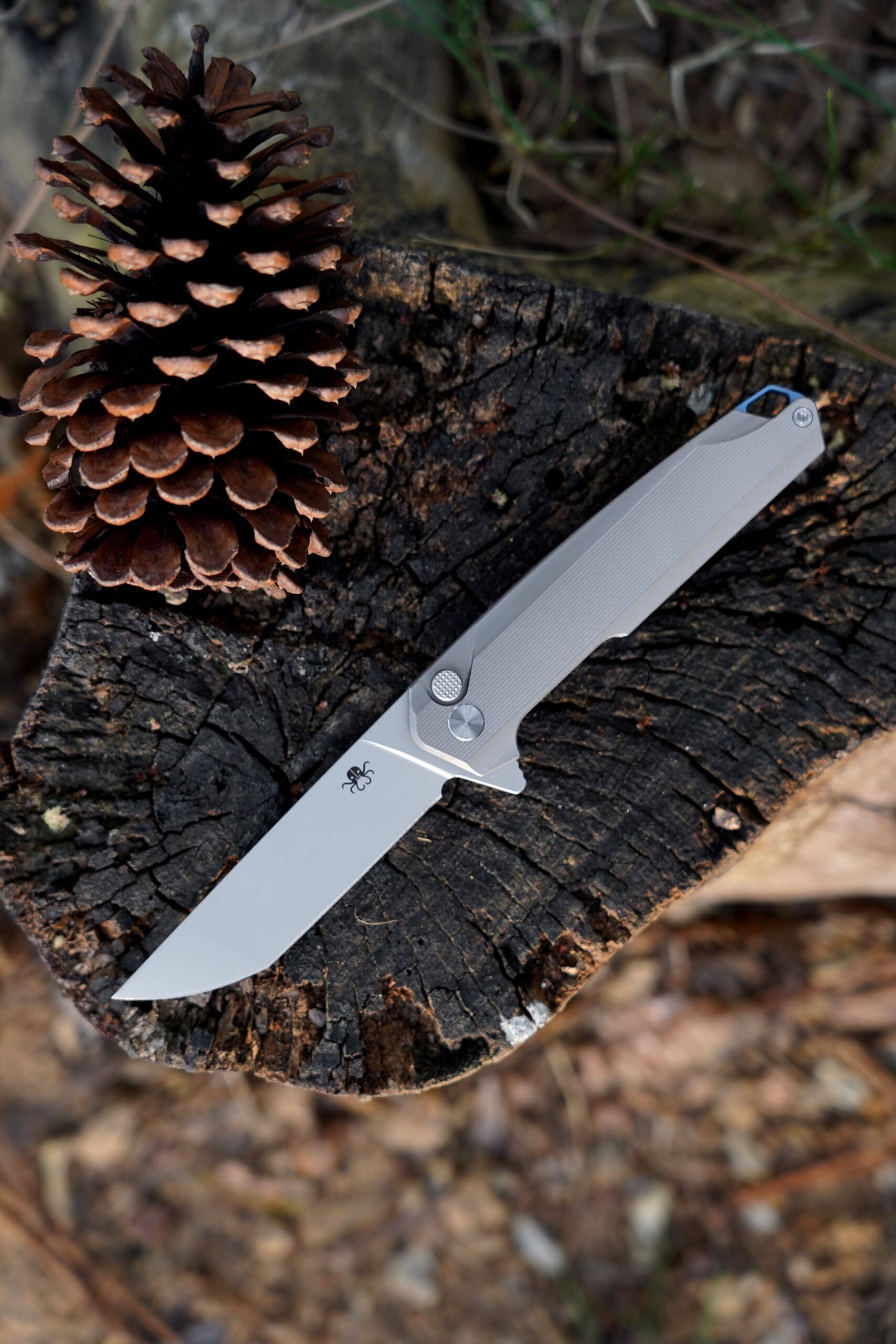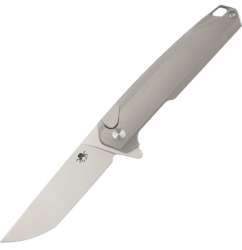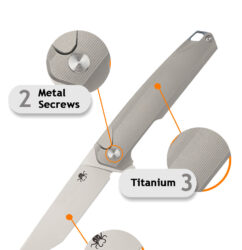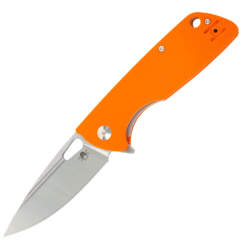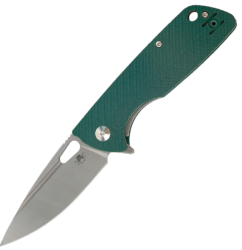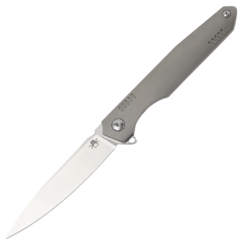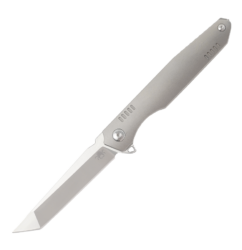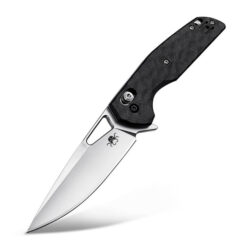The Walk and Talk of a Folding Knife
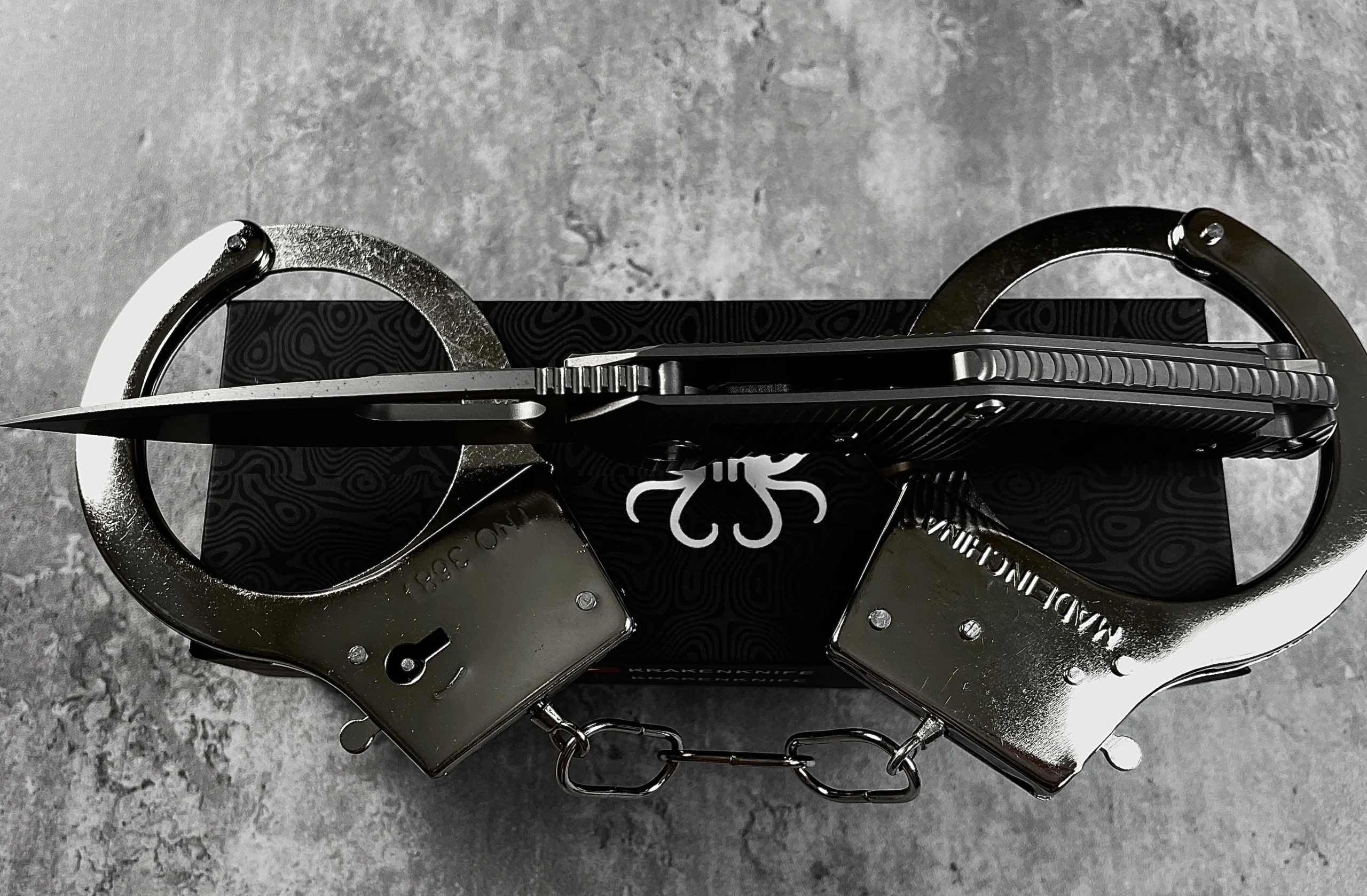
Introduction to Walk and Talk
When discussing folding knives, enthusiasts often refer to a knife’s “walk and talk”—a term that describes the smoothness, sound, and mechanical feel of the blade’s opening and closing action. This characteristic is particularly important in traditional slipjoint knives, where the absence of a locking mechanism means the knife relies on spring tension to keep the blade securely open or closed.
A knife with good walk and talk has a crisp, snappy action—the blade opens with authority, locks into place with a satisfying “talk” (an audible click), and closes with controlled resistance. This not only enhances the user experience but also indicates high-quality craftsmanship. In this guide, we’ll explore what makes a folding knife’s walk and talk exceptional, why it matters, and how different mechanisms affect it.
What Determines Walk and Talk?
Several factors contribute to a folding knife’s walk and talk:
1. Spring Tension
The heart of a slipjoint knife’s action is its backspring—a flat or leaf spring that provides resistance when opening and closing the blade. A well-tempered spring ensures the right balance between stiffness (to keep the blade secure) and smoothness (for easy operation). Too weak, and the blade may wobble or fail to lock; too stiff, and the knife becomes difficult to open.
2. Blade Pivot & Washers
The pivot point where the blade rotates must be precisely fitted to allow smooth movement without excessive play. Traditional knives often use brass or phosphor bronze washers to reduce friction, while modern knives may incorporate bearings for even smoother action.
3. Tang Design
The blade’s tang (the part that interacts with the spring) plays a crucial role. A well-designed tang has:
- A half-stop (a mid-position where the blade stays at a 90-degree angle before fully opening or closing).
- A kick (a small lip that prevents the edge from touching the backspring when closed).
- A well-cut notch that engages the spring firmly when open.
4. Detent Mechanism (For Modern Locking Knives)
While slipjoints rely on spring tension, modern locking knives (like liner locks or frame locks) use a detent ball to control blade movement. A strong detent ensures the blade doesn’t open accidentally but still allows smooth deployment.
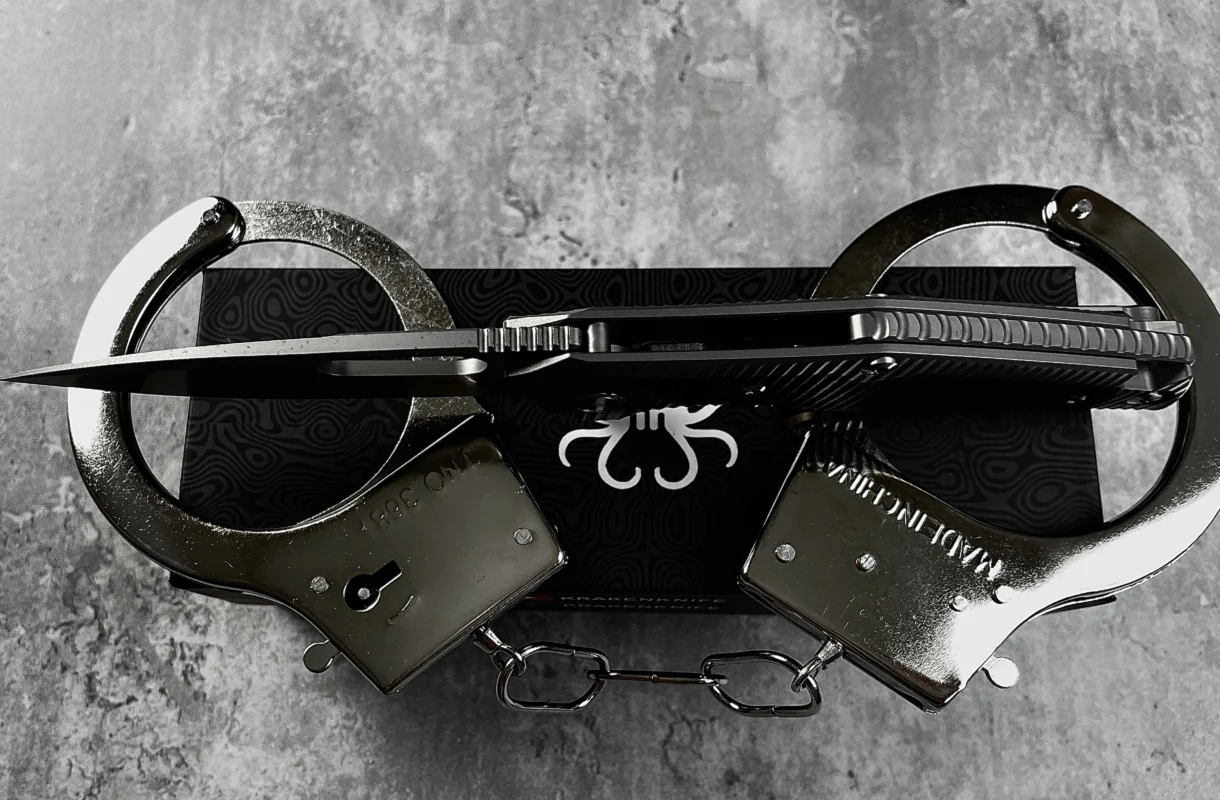
Why Does Walk and Talk Matter?
1. Safety
A knife with poor walk and talk may fail to lock properly, leading to accidental closure—a major safety hazard. A crisp, positive engagement ensures the blade stays where it should.
2. User Experience
A knife with smooth, snappy action is simply more enjoyable to use. The tactile feedback of a well-tuned slipjoint or the satisfying “click” of a locking knife adds to the pleasure of handling it.
3. Indicator of Quality
Knives with excellent walk and talk are usually well-made, with tight tolerances and proper heat treatment. Cheap knives often have weak springs, gritty pivots, or inconsistent blade engagement.
Comparing Walk and Talk in Different Knife Types
1. Traditional Slipjoint Knives
- Examples: Case, GEC (Great Eastern Cutlery), Buck 55
- Characteristics:
- Relies entirely on spring tension.
- Often features a half-stop for safety.
- The “talk” is usually a clear snap when fully open or closed.
2. Modern Locking Knives
- Examples: Spyderco PM2, Benchmade Bugout, Zero Tolerance 0450
- Characteristics:
- Uses a detent ball to control blade movement.
- Smooth deployment (often assisted by bearings or washers).
- The “talk” is the sound of the lock engaging (e.g., a click for liner locks).
3. Friction Folders
- Examples: Opinel, Higonokami
- Characteristics:
- No spring or lock; relies on pivot tension.
- Minimal “talk,” but can develop a smooth swing over time.
How to Improve Walk and Talk
If your knife’s action feels stiff, gritty, or loose, here are some ways to enhance it:
1. Lubrication
- Use a high-quality lubricant (e.g., Nano-Oil, KPL) on the pivot.
- Avoid thick grease, which can slow down the action.
2. Adjusting the Pivot
- Tighten or loosen the pivot screw to find the sweet spot between smoothness and blade play.
3. Polishing Contact Points
- If the spring or tang is rough, lightly polish it with fine sandpaper or a ceramic stone.
4. Breaking In the Knife
- Some knives improve with use as parts wear in naturally.
Conclusion: The Art of a Well-Tuned Knife
A folding knife’s walk and talk is more than just a functional aspect—it’s a sign of craftsmanship and attention to detail. Whether you prefer the classic snap of a slipjoint or the smooth deployment of a modern flipper, understanding what makes a knife’s action great will help you choose (or tune) the perfect EDC blade.
For collectors, a knife with excellent walk and talk is a joy to handle; for users, it ensures reliability and safety. Next time you pick up a folding knife, pay attention to its action—the best ones don’t just work well, they feel right.



